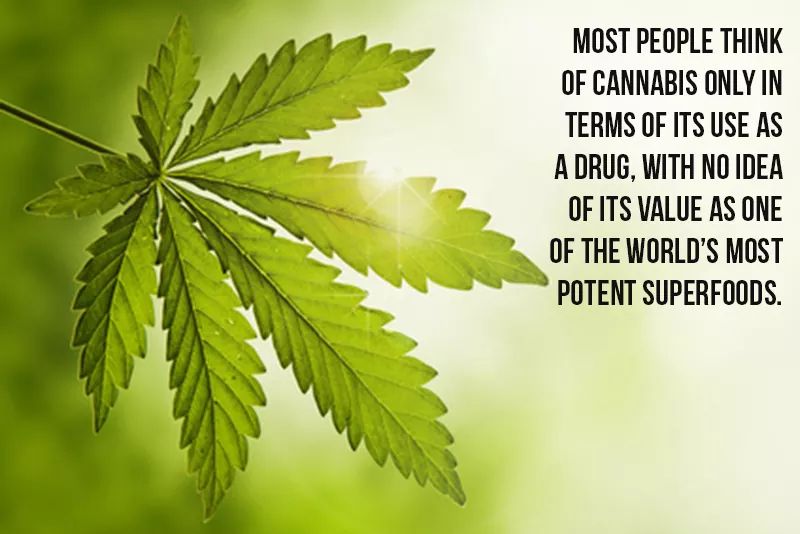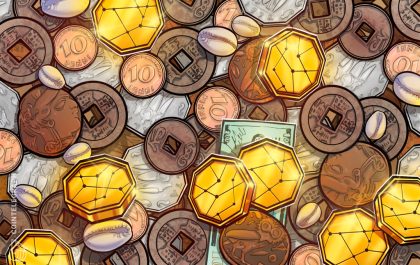–Samsonike
Indian Hemp
Indian hemp can be defined as an annual, robust herb with angular stem bearing hand shaped divided leaves with greenish flowers with the botanical name cannabis sativa. The hemp plant are divided into three parts namely, fiber from the stem, narcotics from the leaves and oil from the seed. The leaves serve as drugs to reduce excitement, irritation and pain in other to induce deep sleep.

The main constituents of indian hemp are called cannabinol, cannabinin and pseusocannabinol. It also contains cannin and resin. The biological activities of cannabis are due to phenolic and alcoholic compounds. These resins also contain a crystalline compound named canin.
Indian hemp is said to have roughly the same number of male and female plant. We have three types of narcotics which are produced from the indian hemp plant, which are namely nashish or bhang which constitutes the dried leaves and flowering shoots of male and female plants which has low resin content. Ganga which is the dried unfertilized female inflorescence of special varieties grown in india and charas, which is the crude resin collected by rubbing the tops of the plant with the hands. In all these drugs, the active principle is a resin from the glandular hair on its leaves, stems and inflorescences.
Indian Hemp Health Benefits.
The indian hemp leaves helps in the treatment of insomnia. They are at times administered to induce sleep where opium cannot be administered. Charas and ganga are also effective drugs used to induce sleep.
The indian hemp leaves are useful in the treatment of dysentery and diarrhea. Two grams of dried leaves can be taken with black pepper and sugar.
Bhang or hashish is considered beneficial in digestive disorder like dyspepsia and other bowel complaints. It also acts as an appetizer.
Charas is highly beneficial in treatment of periodical headaches, acute mania, delirium and insanity, nervous exhaustion, nervous vomiting, convulsion neuralgia. It must be taken 1.5 to 6 centrigram doses.
A paste of fresh leaves is very useful in resolving tumors. The powder of the leaves serves useful in dressing wounds and sores. Ganga is always applied to relieve pain in itchy skin diseases.
The seeds of the plants are not narcotic. Their infusion is beneficial in gonorrhea. Bhang can also be taken in this disorder.
The juice of indian hemp helps in removing dandruff and head lice from hair.
Uses Of Indian Hemp
Uses in Food and Nutrition.
Hemp seeds are eaten raw, sprouted, or ground into a paste and added to foods. They have a nutty flavor and can be consumed as a healthy mix with other grains, seeds, dried fruits and nuts. The seed is almost as rich in protein as soy; this protein called edestin matches the protein content in human blood. Further processing of the seed produces items such as whole grain, baking flour, protein powder, oil and hemp cake, a byproduct of the oil extraction process, while the fresh leaves of the plant are used in salads.
Body Care.
Some body care products made from hemp oil includes face creams, body butters, soaps, shampoos and conditioners. This oil contains a lot of omega-3, omega-6 and omega-9 fatty acids that give the skin its much-needed nutrients and offer biochemical and therapeutic effects for the body. Hemp oil can slow the natural aging process of the skin; its moisturizing and healing benefits are used to cure various skin problems, especially psoriasis and eczema. It induces a healthy growth of hair, leaving it with a shine and bounce. Hemp oil-based creams can be topically applied to fight acne and reduce scars. It is also found in lipsticks.
Papers are also made from the pulp of the long, strong hemp fibers. These grow under the bark of the dried hemp stalk, on the outer surface of the woody interior. The first hemp paper mill opened in 1818 in Saint Petersburg, Russia; the paper produced was used in bank notes, stocks, bonds, postal stamps, watermarks and other official documents. Hemp paper is more durable and recyclable than tree-based paper and does not need bleaching. Today, it is most used in cigarette paper.
Fuel.
The hemp plant undergoes fermentation to produce methanol and ethanol fuels. Biodiesel, also referred to as hempoline, is obtained from the oil extracted from its seeds and stalks. These bio-fuels are cheap and efficient in automobile usage, and they do less harm to the environment than other fuels. They offer a renewable source of energy as a worthy replacement to fossil fuels.
Building Materials.
There are short inner fibers of hemp are called hurd; these are combined with lime to give a material that is commercially known as Hempcrete or Isochanvre; though this material resembles concrete, it is half its weight and thrice as elastic.
Plastic Alternative.
Plastics contain cellulose and hemp has the highest cellulose content among all plants. In 1941, Henry Ford built a revolutionary prototype car from hemp and soybean plastic. Automobile panels are made of a composite consisting of fiberglass, hemp fiber and flax. Nowadays, car parts made of 100% hemp are also available; in particular, the interiors of car doors and the automobile glove box.
As a narcotic, indian hemp is consumed as beverage. It is more often used for smoking for euphorbic purposes. Excessive smoking is harmful to the body and may cause insanity. Hemp seed is used for the production of a drying oil and the fiber is used for making ropes.
Precautions To Be Taken.
Too much consumption of indian hemp is harmful both physically and mentally. If it is consumed for a very long time, it causes loss of appetite and gastric derangement. Hemp drugs act chiefly on the cerebrum whereas they resemble the action of alcohol and opium.
And it also makes one lose sanity when it is consumed too much.
Thanks for takinig your time to go through this.
Related posts
Brit Awards | Asake, Burna Boy And Other ‘New Cats’ Get Nominations
Nigerian singers Burna Boy, Asake, and Rema have been nominated for the 2024 Brit Awards. The nomination list for the annual music awards show was released on Wednesday 25, January 2024. Burna Boy and Asake made the ‘Best International Artiste’ category, while ‘Calm…
Brit Awards 2024 | The Full List Of Artist(e)s
This year’s Brits nominees have been revealed ahead of the ceremony in London in March. Dua Lipa is the first star confirmed to perform at the event – but how many awards is she up for? Musicians including Raye, Central Cee, J Hus and Blur are also…
The Miss Universe-Greatest Celebration of Women
-SOFIE ZERUTO The Miss Universe Organization is a global, inclusive of organizations that celebrates all cultures, backgrounds and religions. It creates and provide a safe space for women to share their stories and drive impact personally, professionally, and philanthropically. The women who participate in this…
All Africa Music Awards; Categories and Regions
-MUSIC IN AFRICA All Africa Music Awards (also referred to as AFRIMA) is an annual awards event. The awards event was established by the International Committee AFRIMA, in collaboration with the African Union (AU) to reward and celebrate musical works, talents and creativity around the African continent while promoting…
Top 10 Cryptocurrencies To Invest in January 2024
-Michael Adams From Bitcoin and Ethereum to Dogecoin and Tether, there are thousands of different cryptocurrencies, making it overwhelming when you’re first getting started in the world of crypto. To help you get your bearings, these are the top 10 cryptocurrencies based on their market…
The Risk And Reward Of ChatGPT In Cybersecurity
Juan is an experienced CTO with a demonstrated history of working in the computer and network security industry. He is an information technology professional skilled in SAP and Oracle applications, computer forensics, vulnerabilities research, IPS/IDS and information security. Unless you’ve been on a retreat in…
Explained – History Of Money From Fiat To Crypto
What is money? Money as a concept has been a cornerstone of human civilization and economic development. To start with the latter, money is a method of storing value and worth, and it also functions as a medium of exchange that allows individuals to exchange…
Studies Show That Nigerian Crypto Foreign Investment Is At A Record Low
Foreign direct investment in Nigeria fell by 33% last year due to a severe shortage of dollars, which discouraged crypto companies from expanding into the country. The largest economy in Africa has a foreign investment problem despite exponential growth in crypto adoption. The National Bureau…











